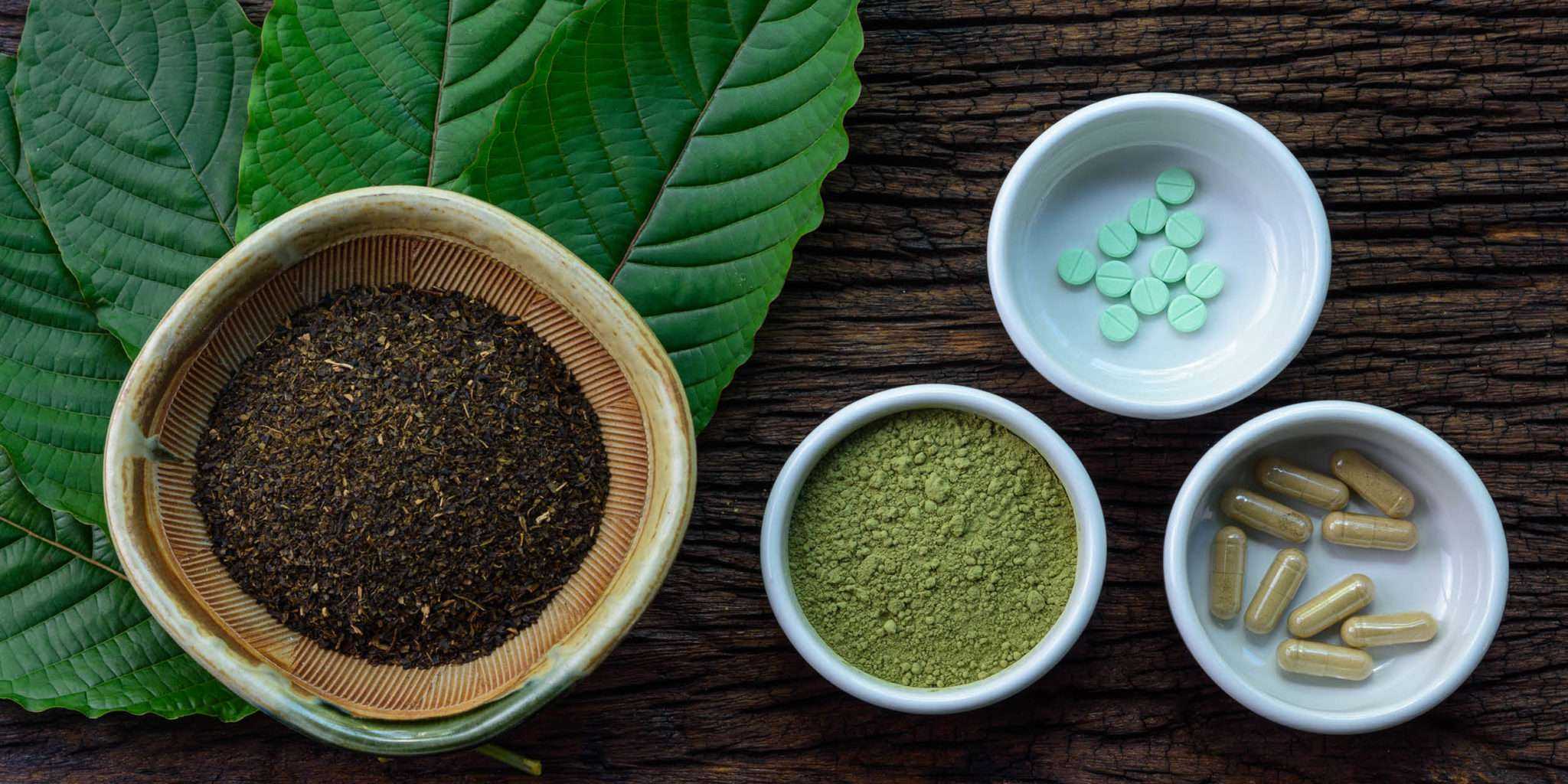on
BY SIMONE J. SMITH
“Your tolerance builds up so fast, so you’re constantly spending more and more money, and you’re having to use more and more of the drug.”
According to the United Nations Office on Drugs and Crime, the last decade saw an alarming rise in the use of recreational substances, and I have just learned about a product that is sold online, in smoke shops, convenience stores and, perhaps most notably, at bars popping up around the United States. They sell a different plant-based beverage, kava, and while kava reportedly doesn’t have severe addictive properties, the bars that sell it have become a common entry point for a drug that is in Kava.
According to an article titled, “Kratom: A New Product in an Expanding Substance Abuse Market,” one drug that has benefited from globalization and the Internet is kratom (Mitragyna speciosa korth). This formerly regionally confined herbal psychoactive substance is native to Southeast Asia, where it has been used for centuries as a mild stimulant, to prevent opiate withdrawal, and for recreational purposes.
Kratom is the name of a tree that is native to Thailand, Malaysia, and other countries in Southeast Asia. These trees, which can grow to 50 feet high and 15 feet wide, have long been the source of herbal remedies in Southeast Asia. The leaves contain psychoactive substances that have a variety of effects when consumed.
At low doses, kratom causes a stimulant effect (akin to the leaves of the coca plant in South America), and laborers and farmers often use it to help boost their energy. At higher doses, kratom causes an opioid-like effect, which at mega doses produces an intense euphoric state. In its raw plant form, kratom contains about 2% mitragynine, a chemical compound that binds to opioid receptors. It is reported that Kratom products on the market contain more than 20 times that amount.
The development of dependence on kratom and its subsequent withdrawal phenomena are thought to be similar to that of opioids. It has a long history of being used by opioid-dependent patients as an attempt to quit drug abuse or stave off debilitating withdrawal symptoms when they are unable to acquire their substance of choice. The kratom-dependent individual will often present with rhinorrhea (runny nose), lacrimation (secretion of tears), dry mouth, hostility, aggression, and emotional lability (exaggerated changes in mood).
Kratom made its way into the mainstream through kava, which is frequently pitched as an alcohol alternative. People have cut down on drinking, and due to this kava bars have become the happy hour replacement. Over the last decade, the number of kava bars has grown about 30 to around 400, according to data collected by Jimmy Price, a moderator for the kava subreddit and owner of an online kava community page.
My Kratom curiosity brought me to an article titled, “An Opioid-Like Drink Is Masquerading As a Wholesome Alcohol Alternative.” I discovered that in July 2023, a 12-person jury awarded $2.5 million to the family of Patrick Coyne, 39, who died in his home in Oregon after consuming a large amount of kratom. The product Coyne used before his death was marketed as a “miraculous cure-all with ‘absolutely’ no negative health effects, and no risk of overdose,” according to the lawsuit.
Interestingly enough, a class-action lawsuit was filed against 7-Eleven and Botanic Tonics, the producer of a popular kava tonic known as Feel Free. According to the lawsuit, Feel Free is described as a “Feel-good wellness tonic that’s made with kava and other ancient plants.” It was reported that Botanic Tonics misleadingly failed to disclose in its marketing materials that Feel Free’s main ingredient is not kava, but kratom.
In recent years, kratom has been marketed as a psychotropic drug and is increasingly popular in the U.S. and in the United Kingdom. Kratom is not a regulated or controlled substance in the U.S., and in 2016, out of concern for public safety, the DEA placed a temporary ban on kratom. The agency’s move was followed by a substantial negative reaction from kratom supporters and was quickly rescinded.
At that time, the DEA did not have a timetable for banning or scheduling the drug, but now some lawmakers are taking a more critical eye to the substance. Alabama, Arkansas, Indiana, Vermont and Wisconsin have banned it altogether.
I tell you; everyday it seems like there is something else that we have to warn our children about. It is why we, as a media source, will continue to do our job, and keep you updated on what you, our readers, need to know.
Stay in the loop with exclusive news, stories, and insights—delivered straight to your inbox. No fluff, just real content that matters. Sign up today!
We, as humans are guaranteed certain things in life: stressors, taxes, bills and death are the first thoughts that pop to mind. It is not uncommon that many people find a hard time dealing with these daily life stressors, and at times will find themselves losing control over their lives. Simone Jennifer Smith’s great passion is using the gifts that have been given to her, to help educate her clients on how to live meaningful lives. The Hear to Help Team consists of powerfully motivated individuals, who like Simone, see that there is a need in this world; a need for real connection. As the founder and Director of Hear 2 Help, Simone leads a team that goes out into the community day to day, servicing families with their educational, legal and mental health needs.Her dedication shows in her Toronto Caribbean newspaper articles, and in her role as a host on the TCN TV Network.












